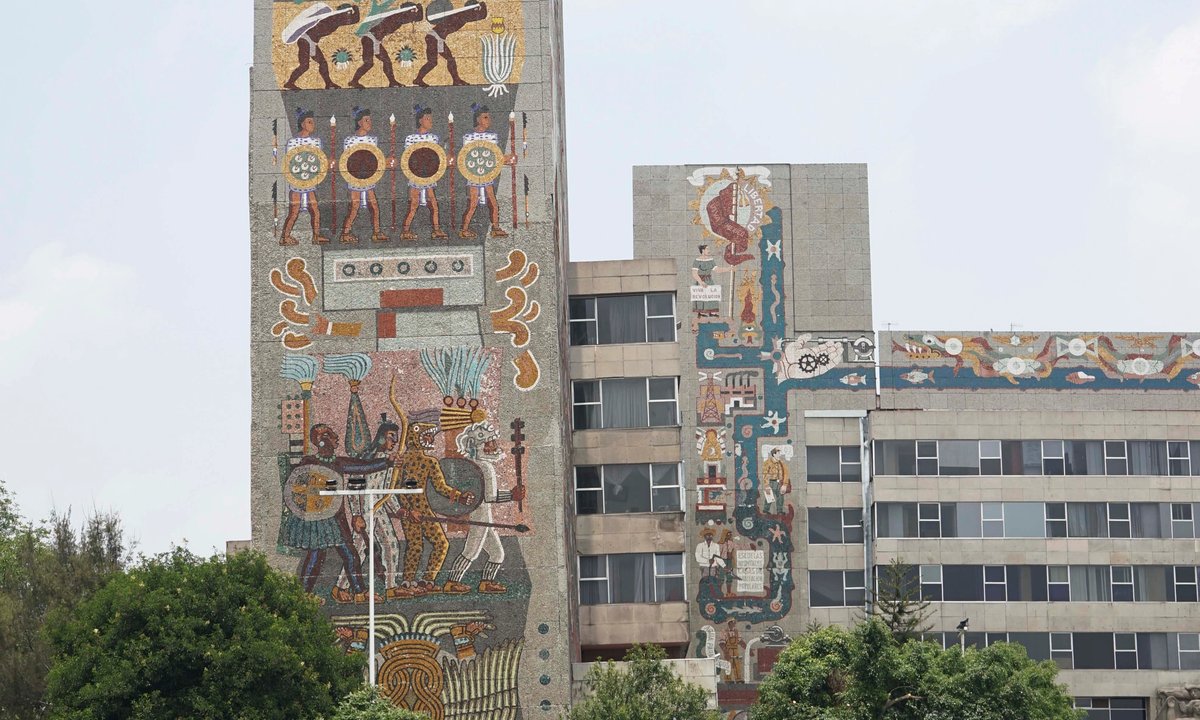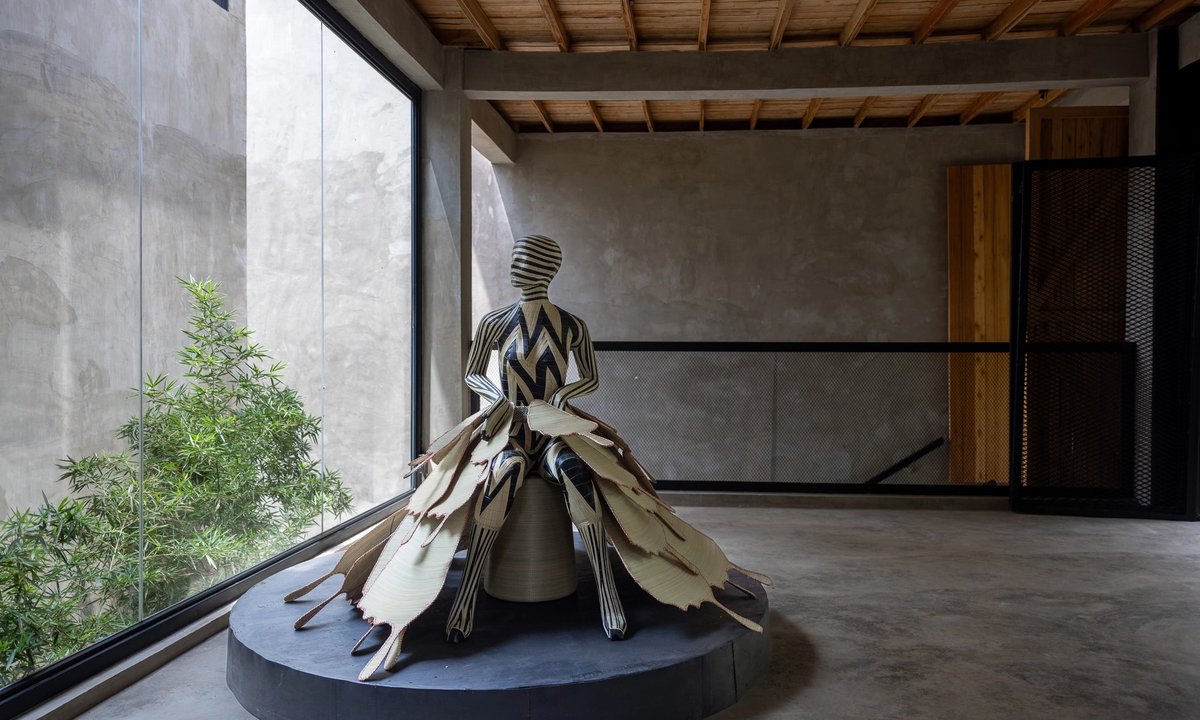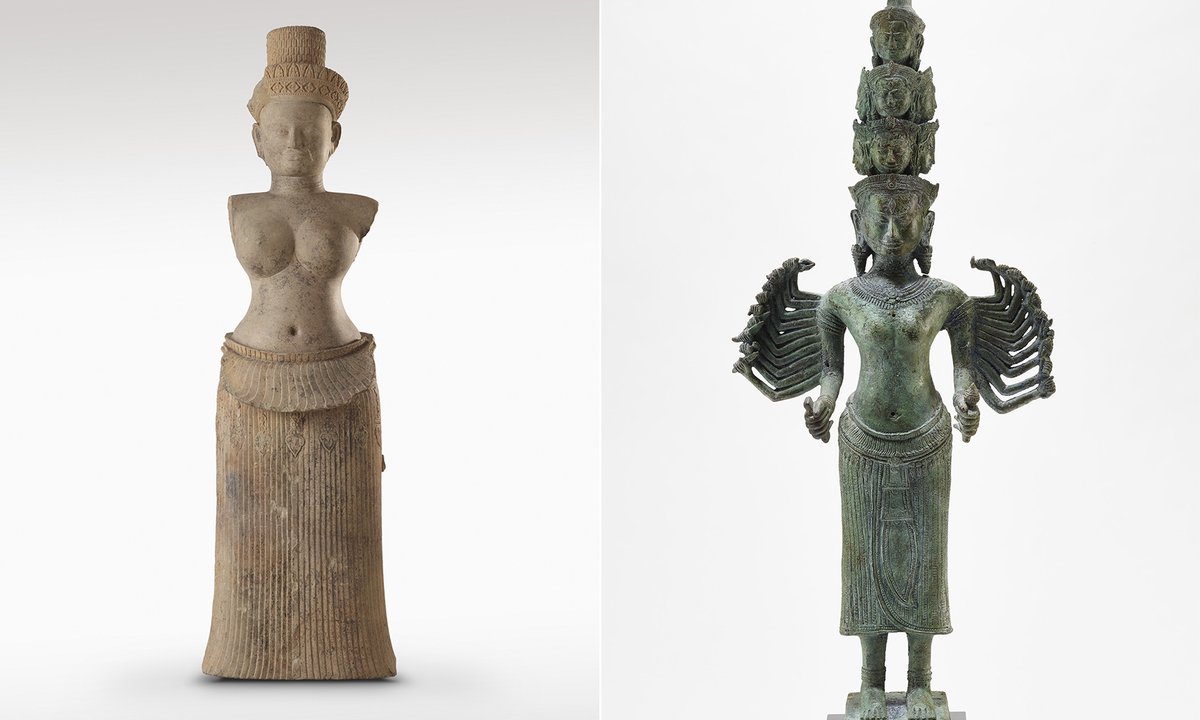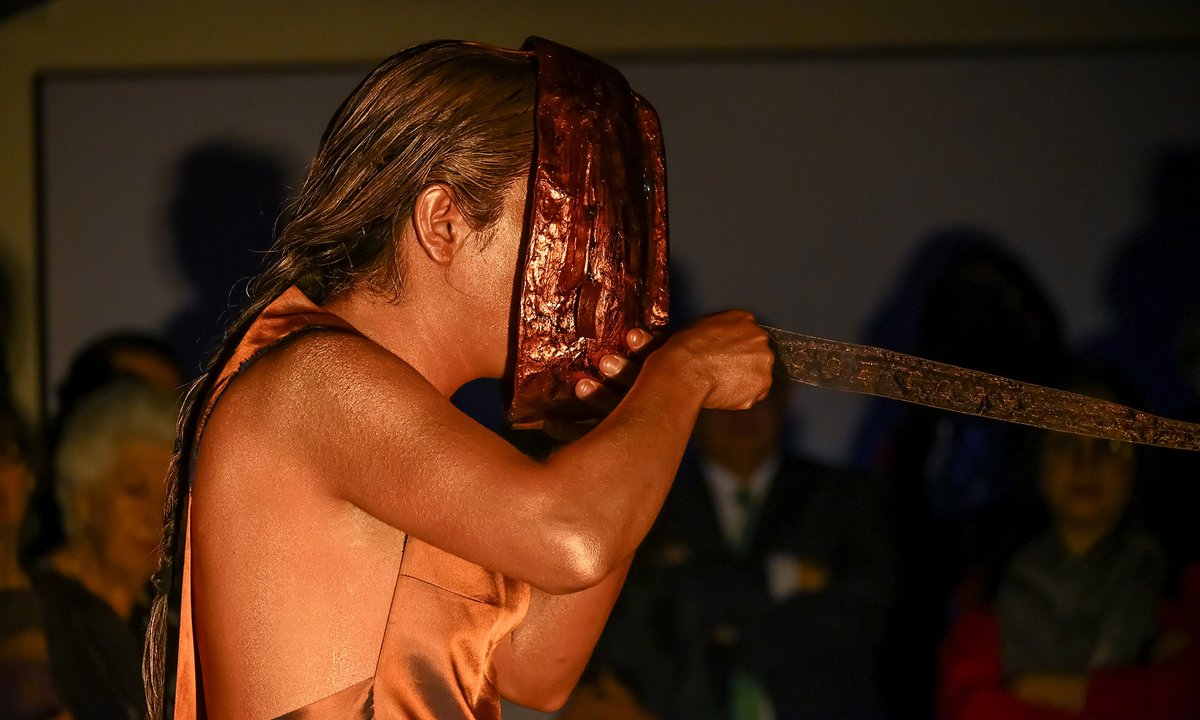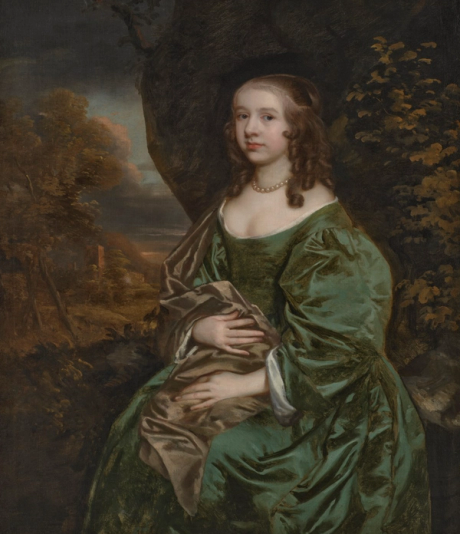
Three paintings by the 17th-century painter Peter Lely, which belonged to the bankrupt British playboy James Stunt, came up for auction at Christie’s New York on 23rd May; two failed to find buyers, but the third did sell, albeit at a modest price.
“Before being sold to Stunt, the works were on the British market and known to London galleries, so New York was probably a fresher place to offer them,” says the Old Master dealer Theo Johns, who sold one of the works to Stunt in 2009.
Stunt, 42, notorious for his gambling and big-spending lifestyle, was formerly married to former F1 boss Bernie Ecclestone’s daughter Petra. As well as being a bullion dealer he was a prominent collector of British portraiture, notably by Lely and Anthony van Dyck. He amassed a significant number of Lely paintings and lent some to an exhibition of early Lelys at the Courtauld Institute in 2012.
Stunt was divorced from Petra Ecclestone in 2017; in the same year he lent 17 paintings to Dumfries House in Scotland, now owned by King Charles III’s charitable foundation. According to the Daily Mail, four of the works were counterfeits, painted by a convicted art forger, and Stunt attempted to borrow millions of pounds against them. A film, The Royal Stunt, investigated and produced by Giampiero Ambrosi, is due to be released at the end of this year; The Art Newspaper also questioned the authenticity of a number of paintings by Van Dyck owned by Stunt.
Stunt was declared bankrupt in 2019 with debts of £14m; according to court documents, among those was one to Christie’s for a Picasso worth £3.6m.
At Christie’s 106-lot Old Master sale in May, Stunt was not identified in the provenance of the Lelys; all three were labelled “Property of a Private Collector” with a symbol showing that Christie’s had a financial interest in each. Asked for more information about the vendor and the firm’s financial interest, Christie’s said it was “unable to comment on confidential client matters”.
“Unlike much of James Stunt’s art, the Lelys from Christie’s recent sale appear to be genuine and by the hand of the artist. Stunt in fact had a fine Lely collection. I do find it interesting that Christie’s did not share Stunt’s role in their provenance, though I can understand why they might not like the association,” Ambrosi says.
One might conclude that Christie’s was selling the works in an attempt to recover some of the money it was owed. Shipping records dating from 2018 show that two of the paintings were sent to London from Los Angeles, where Stunt once had a home.
The three works which were offered in New York were: Portrait of Sir Robert Worsley (undated, est $40,000-$60,000); Portrait of Lady Sybil Wryley (around 1650, est $12,000-$18,000) and Portrait of a Lady, (around 1670), thought to be Mary Moll Davis, est. $50,000-$80,000). The first two figure in a register of assets established by Stunt’s head of security and were given as located at Christie’s; the third does not appear in the register. Theo Johns tells The Art Newspaper that he had sold the Worsley portrait to Stunt for £55,000 in 2009.
The only work to sell at Christie’s auction was the Wryley portrait, which made $30,240 (with fees), going to a bidder in the room; it was valued at £60,000 in 2017 when the register was compiled.
Stunt was accused of money laundering and forgery after an investigation by West Yorkshire police. He was cleared of forgery in 2022 but faces a retrial over the accusation of money-laundering in September this year.

